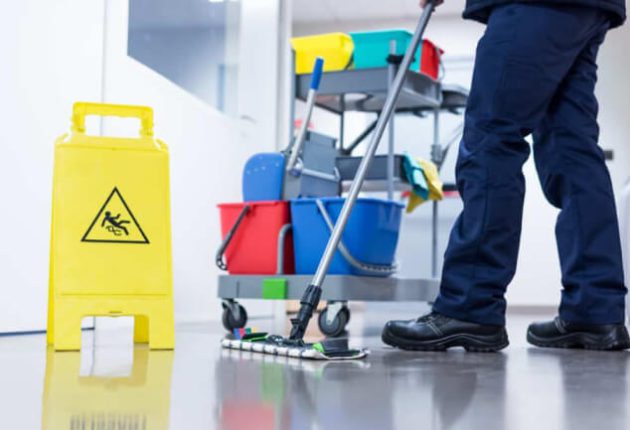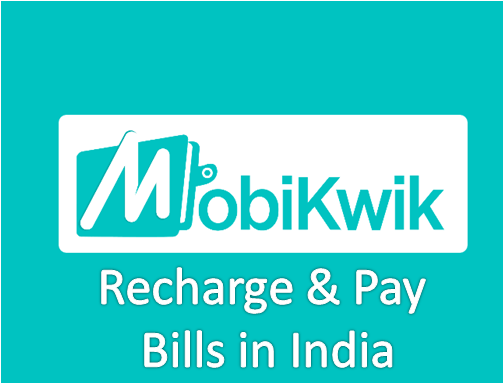Maintaining a clean and healthy environment is essential for every business. Whether you run a restaurant, retail store, office, or warehouse, cleanliness impacts everything from employee productivity and customer satisfaction to compliance with health regulations. While many businesses have regular cleaning routines, commercial deep cleaning often gets overlooked—until there’s a problem.
Understanding the difference between regular cleaning and commercial deep cleaning, and knowing when and why your business needs both, can significantly improve workplace hygiene and your bottom line.
What is Regular Cleaning?
Regular cleaning refers to the routine cleaning tasks performed daily or weekly to maintain general cleanliness. These tasks are often handled by in-house staff or janitorial services and include:
- Sweeping and mopping floors
- Dusting surfaces
- Emptying trash cans
- Cleaning restrooms
- Wiping down desks, counters, and doorknobs
- Vacuuming carpets
Regular cleaning helps keep the workspace tidy and presentable on a day-to-day basis. It addresses visible dirt and grime but may not fully sanitize or disinfect all surfaces, especially those that accumulate deep-seated dirt over time.
What is Commercial Deep Cleaning?
Commercial deep cleaning is a more intensive, thorough process that goes beyond surface-level tasks. It involves specialized equipment, industrial-grade cleaning agents, and trained professionals to reach hidden dirt and sanitize hard-to-reach areas.
Deep cleaning tasks can include:
- Steam cleaning carpets and upholstery
- Sanitizing HVAC systems and air ducts
- Descaling and scrubbing bathroom fixtures
- Cleaning under heavy machinery or furniture
- Power washing exterior areas
- Disinfecting light switches, phones, keyboards, and other high-touch items
- Cleaning behind kitchen appliances or within ceiling vents
Deep cleaning is usually scheduled quarterly, bi-annually, or annually depending on the type of business and the level of foot traffic.
Key Differences Between Regular and Deep Cleaning
| Aspect | Regular Cleaning | Deep Cleaning |
|---|---|---|
| Frequency | Daily or weekly | Periodically (monthly, quarterly, annually) |
| Scope | Surface-level tasks | Detailed and comprehensive cleaning |
| Equipment | Basic tools like mops and vacuums | Specialized machines and cleaning agents |
| Purpose | Maintains appearance | Improves hygiene, air quality, and health |
| Performed by | In-house staff or janitors | Trained cleaning professionals |
Why Your Business Needs Regular Cleaning
- Maintains a Professional Appearance
A clean environment leaves a good impression on customers, clients, and employees. Dusty furniture, smudged windows, or overflowing trash bins can give the wrong message about your professionalism. - Improves Employee Morale and Productivity
A tidy workspace boosts morale and helps employees focus. Clutter and mess can create distractions and even stress, which impacts productivity. - Reduces Minor Health Risks
Regular cleaning keeps dust, allergens, and bacteria in check. Especially in high-traffic areas, routine wiping and vacuuming can reduce the risk of colds, allergies, and minor infections. - Cost-Effective Maintenance
Regular cleaning prevents dirt buildup that could otherwise damage carpets, flooring, or office furniture over time.
Why Your Business Needs Deep Cleaning
- Improves Health and Safety
Deep cleaning disinfects high-touch surfaces and hidden areas where germs thrive. It’s crucial for industries like healthcare, food service, and hospitality where sanitation is heavily regulated. - Compliance with Health Regulations
Many businesses are required to meet hygiene standards set by local health authorities. Failing to perform regular deep cleaning can lead to violations, fines, or even closures. - Prevents Pest Infestation
Hidden crumbs, grease, and moisture in neglected areas can attract pests. Deep cleaning eliminates the conditions that allow infestations to start and spread. - Extends Life of Assets
Office carpets, HVAC systems, and kitchen appliances last longer when they are deep cleaned periodically. This saves money on replacements and repairs in the long run. - Crisis Response
In the event of a viral outbreak or contamination, deep cleaning is essential to restore safety and reassure both employees and customers.
When to Schedule Each Type of Cleaning
Regular Cleaning
- Daily in high-traffic environments (e.g., restaurants, retail stores)
- Weekly in low-traffic office spaces
- After hours to avoid disrupting business operations
Deep Cleaning
- Quarterly for restaurants, gyms, and healthcare clinics
- Bi-annually for offices, schools, and warehouses
- Annually for general-purpose businesses with minimal public interaction
- Before/after major events or seasonal changes
- After construction or renovation work
Industry-Specific Needs
Different industries require different levels of attention when it comes to cleaning:
- Restaurants: Regular cleaning of surfaces is not enough. Kitchens need frequent deep cleaning to remove grease and food residue.
- Offices: Dust in vents, carpets, and electronics can accumulate, making deep cleaning necessary for employee wellness.
- Retail Stores: Presentation is everything. Deep cleaning keeps displays and floors spotless, especially before seasonal sales.
- Healthcare Facilities: These places demand the highest level of cleanliness due to their sensitivity to infection risks.
The Best Approach: A Cleaning Schedule That Includes Both
A smart cleaning strategy incorporates both regular and deep cleaning to maintain a safe, clean, and professional environment. Here’s how you can plan one:
- Assess Your Space: Walk through your facility and identify high-touch areas and hidden corners.
- Consult with Professionals: Cleaning companies can provide custom plans based on your industry, size, and needs.
- Create a Calendar: Mark regular and deep cleaning dates, including reminders for seasonal or one-time deep clean events.
- Train Your Team: If using in-house staff, ensure they know what tasks are daily vs. those needing outside pros.
- Monitor and Adjust: Keep track of cleanliness levels and feedback from employees or clients to adjust the plan as needed.
Conclusion
In the debate between commercial deep cleaning vs. regular cleaning, the real answer is: you need both. Regular cleaning keeps your space presentable and functional on a daily basis, while deep cleaning ensures long-term hygiene, safety, and maintenance. By combining both methods, you can create a healthier, more productive work environment—and demonstrate your commitment to excellence in every aspect of your business.
Whether you manage an office, a storefront, or an industrial facility, investing in both types of cleaning is not just about looks—it’s about the health, safety, and success of your entire operation.




